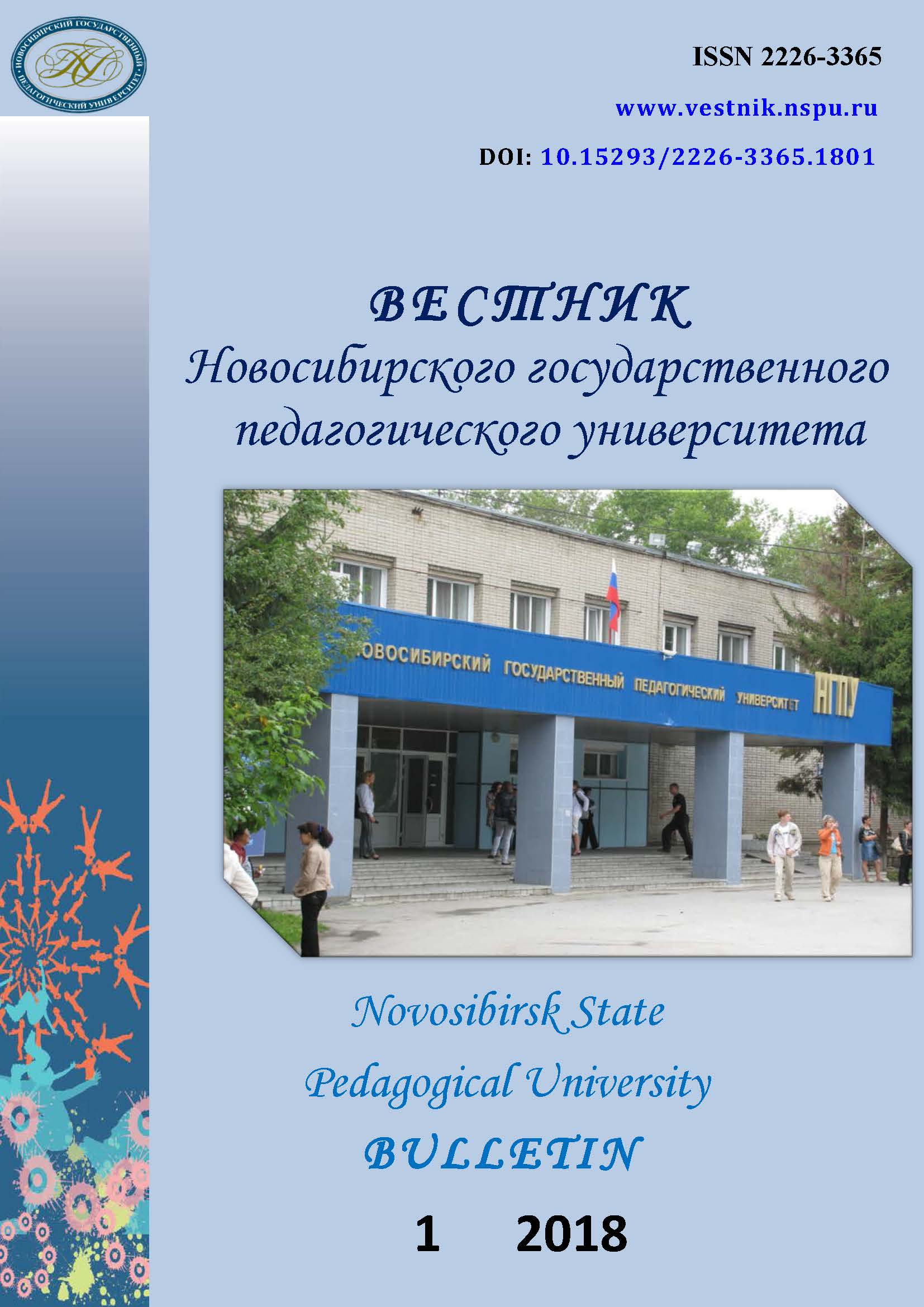Китайский проект «Один пояс – один путь» в контексте парадигм исторической макросоциологии
China’s One Belt, One Road initiative and the paradigms of historical macrosociology
Author(s): Nikolai Sergeyevich RozovSubject(s): Economy, Social history, Sociology of Culture
Published by: Новосибирский государственный педагогический университет
Keywords: New Silk Road; China; Transport integration of Eurasia; Economic integration; Transport integration; Geopolitics; Geo-economics; World analysis; International relations; Realism and idealism;
Summary/Abstract: Introduction. The opportunities and outcomes of One Belt, One Road initiative (OBOR), declared by China, are extremely vague. It is reasonable to consider the initiative through the prism of the following macrosociological paradigms: realism and idealism in the theory of international relations, supply and demand model, the principles of geopolitical dynamics, solid platforms and limitotrophs, migration and territorial dynamics, and the world-system analysis. Materials and Methods. The idea of China’s One Belt, One Road initiative and information on its implementation are compared with the basic concepts, models, and schemes of the above paradigms. Results. The conceptual means of each paradigm allow to identify the probable causes and loci of tensions and conflicts in implementing such an ambitious initiative. These strains include the following: risks of non-return of investments, the negative consequences of the inflow of cheap food products, depressing local production of previously inaccessible areas, negative outcomes of accelerated urbanization, in particular the “youth bubble” in cities, the aggravation of territorial conflicts, the struggle of big powers for influence on small neighboring (limitrophic) states, increased opportunities for drug trafficking and stress due to the need to control it, facilitating migration, which leads to the devastation of some loci and demographic pressure in others. Conclusions. The identified tensions can become factors increasing social instability up to socio-political crises and revolutions. There is no fatality, but there are risks and the need to monitor geopolitical and geo-economic changes, migration and demographic processes as consequences of One Belt, One Road initiative implementation.
Journal: Вестник Новосибирского государственного педагогического университета
- Issue Year: 8/2018
- Issue No: 1
- Page Range: 173-188
- Page Count: 16
- Language: Russian

